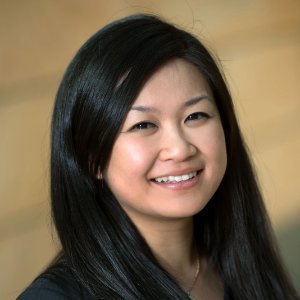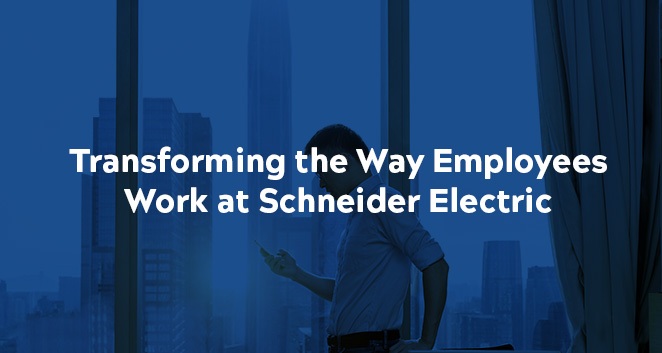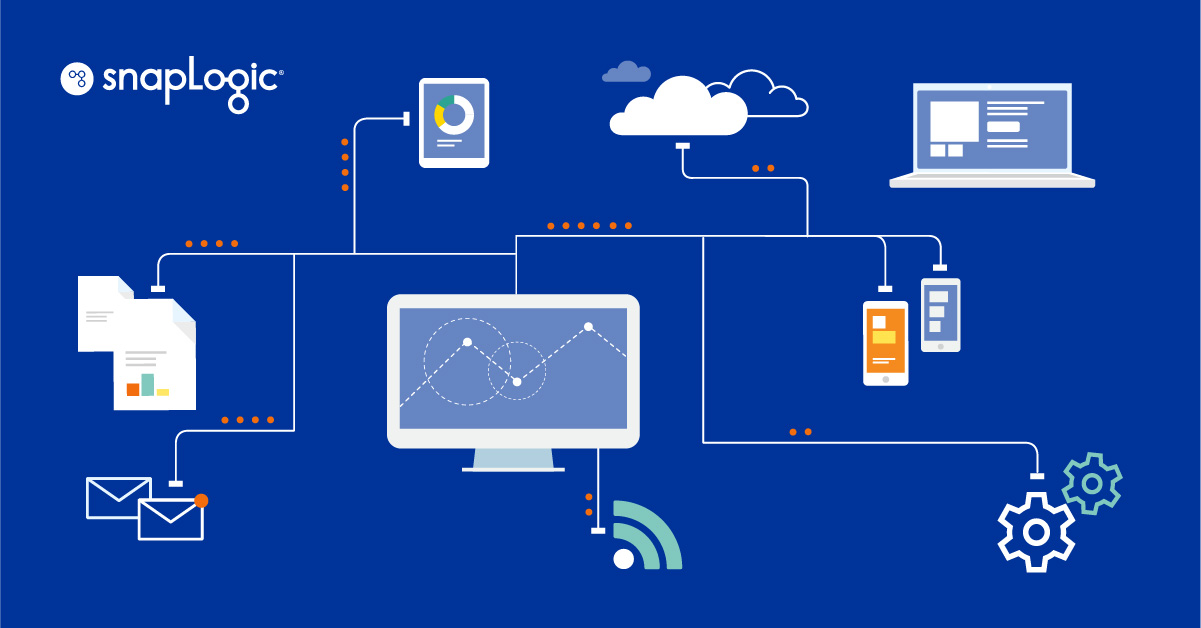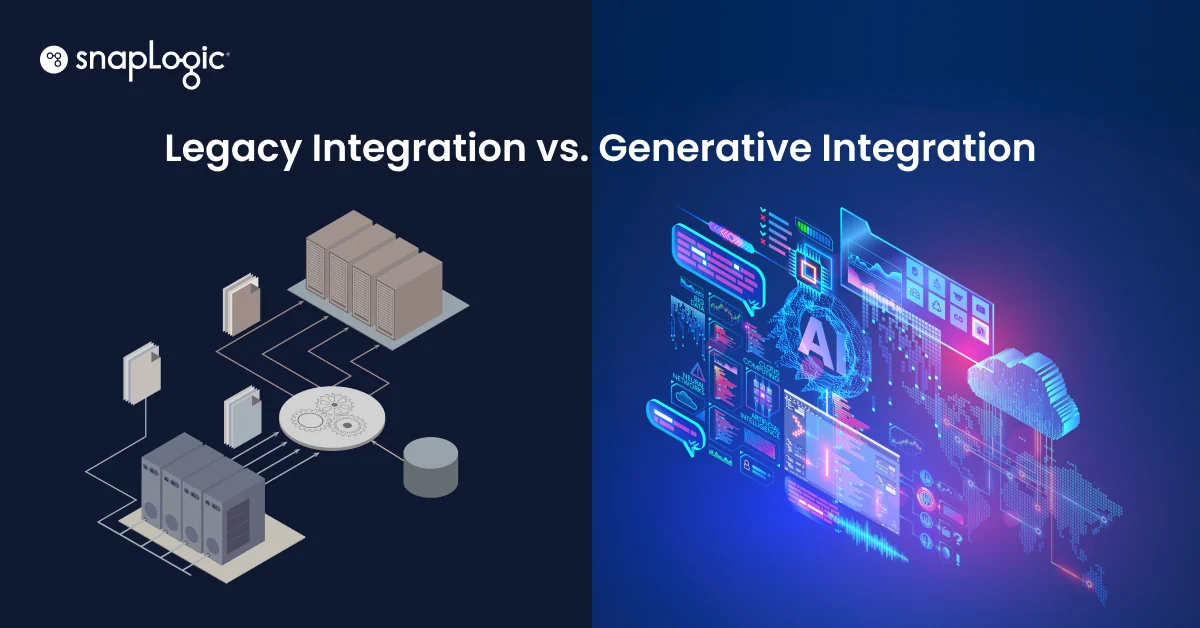Last week I had the opportunity to moderate several of our customer sessions at the Enterprise Integration Summit in Europe, including Schneider Electric, Drax, and three organizations within Siemens (Digital Industries, Healthineers, and Mobility).
Jamie Locks, VP of Integration and Middleware, joined us to talk about the Citizen Developer ‘DIY’ Model his team launched at Schneider Electric. In his talk, Jamie mentioned that in order to adapt to and emerge from digital disruptions, organizational operating models need to change. At Schneider Electric, he sees trends across different business units where digital technology is becoming easier to use and is widely available, and employees, especially younger employees, are becoming more autonomous with digital tools at their disposal.
The operational changes help catalyze growth and uncover new opportunities. With new digital tools, employees become more efficient in their work, which in turn, helps create a competitive advantage. Rather than depending on other teams, employees can self-serve their needs and be more productive.
Though empowering employees can speed up time-to-market and reduce costs, it also creates new challenges for the organization, such as following digital standards, architecture, design, cybersecurity, and governance rules. For organizations that have a traditional center of excellence (COE), decentralizing and giving access to employees to build their own applications and integrations is a drastic operational change.
In learning from integration veterans like Adobe and Wendy’s on the paths they have taken to decentralize a COE, Jamie launched the Citizen Developer ‘DIY’ Model at Schneider Electric.

Schneider Electric’s Citizen Developer ‘DIY’ Model is an extensive program with four levels of support that Jamie’s team provides to help business users become more autonomous. While employees are not likely to become autonomous overnight, the model helps employees get the appropriate level of support they need and get certified for their expanding skill set.
Levels of support in the Citizen Developer ‘DIY’ Model:
- Centralized Model: This is the traditional model where the Professional Services team builds all applications and integrations and is paid for the services and resources by the business team. This is ideal for teams that have very complex projects and do not have the skills to complete the project.
- Close Support: Employees create all the assets with step-by-step support from the COE in this support level. COE support is paid when an asset takes longer to build than the anticipated time needed. This level is great for entry-level or junior developers.
- Light Support: Employees create all assets with limited support from COE. The role of the COE is primarily to oversee that employees are following the standards and rules. This level is useful for developers who have had more experience using their digital tools to automate repetitive projects.
- Autonomous: Employees in this level are certified to build their own applications and integrations with little to no support from the COE. Because they are experienced and certified, the COE will fast-track the reviews.
Jamie concludes in his session that this model encourages citizen developers to move along the curve (from left to right) and become more autonomous as they gain more experience first-hand, which helps the company reduce costs and reduce time-to-market. He notes that the success of this model will be tied to effective communication of the program and its benefits to business teams. The model empowers employees to choose whether they want to be completely autonomous or hands-off while supporting Schneider Electric’s digital transformation goals.
Missed the Enterprise Integration Summit? Watch sessions on-demand now.









